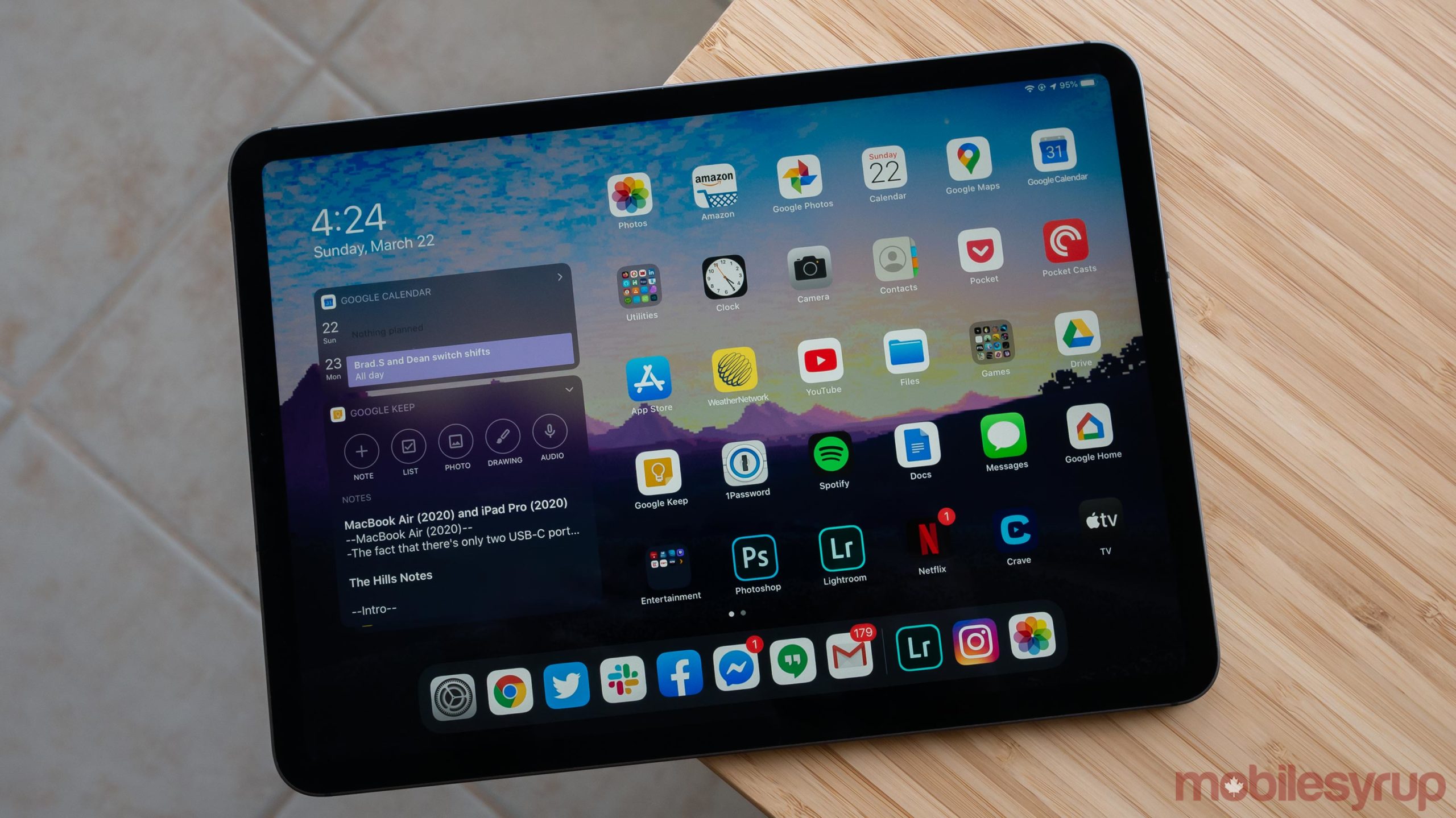
Apple’s rumoured upcoming 5G iPad Pro may be delayed until 2021 due to supply chain disruptions caused by COVID-19.
According to details shared in an Economic Daily News report, the new 5G iPad was supposed to launch in the fall. Apple is expected to prioritize the launch of the rumoured iPhone 12, which will also feature 5G. 9to5Mac reports that testing of the flagship iPhone is behind schedule and the launch could be delayed by weeks.
As such, it comes as no surprise that Apple would delay the rumoured fall 2020 iPad launch. Despite Apple already launching a refreshed iPad Pro this year, the rumour mill predicted a second launch in the fall with a larger refresh and a focus on 5G.
Along with the next generation of wireless connectivity, the new iPad Pro was rumoured to use a mini-LED display instead of OLED. It would also likely include the LIDAR sensor and ultra-wide camera featured on the 2020 iPad Pro. Further, the fall iPad Pro was expected to use the upcoming 5nm A14 architecture in its chip. Apple is expected to launch the new A14 chip in the iPhone 12 in the fall as well.
Why mini-LED and not OLED?
For those unfamiliar with mini-LED, the technology is a stop-gap between LCD and OLED panels. What makes OLED panels so great is that each pixel is its own light source. In other words, when an OLED panel wants to display dark colours or black, it can dim or turn off the pixels entirely. Because LCD panels have backlighting to illuminate the display, they can’t show deep blacks as the backlight will bleed through.
However, mini-LED panels use multiple smaller ‘dimming zones’ instead of one large backlight. These zones can be turned on and off individually and allow for deeper blacks than an LCD panel. Plus, mini-LED displays are cheaper and don’t suffer from the same burn-in and colour shift issues as OLED screens.
Previously, reliable Apple analyst Ming-Chi Kuo predicted the company would release several new mini-LED devices, including a new MacBook Pro. Further, the company is reportedly working on a new ‘micro-LED’ technology that can achieve per-pixel lighting like an OLED screen but without the downsides. Unfortunately, it could be several years before the much more complex micro-LED tech is ready.
Finally, the 5G iPad Pro model is expected to use Qualcomm modems. Likewise, the upcoming iPhone 12 will also use Qualcomm modems. The shift comes after Apple settled a long-running legal dispute with the company. However, Apple is also reportedly developing its own custom modem designs in order to remove its dependency on Qualcomm. Those parts won’t be available until at least 2022.
Source: Economic Daily News Via: 9to5Mac
MobileSyrup may earn a commission from purchases made via our links, which helps fund the journalism we provide free on our website. These links do not influence our editorial content. Support us here.


